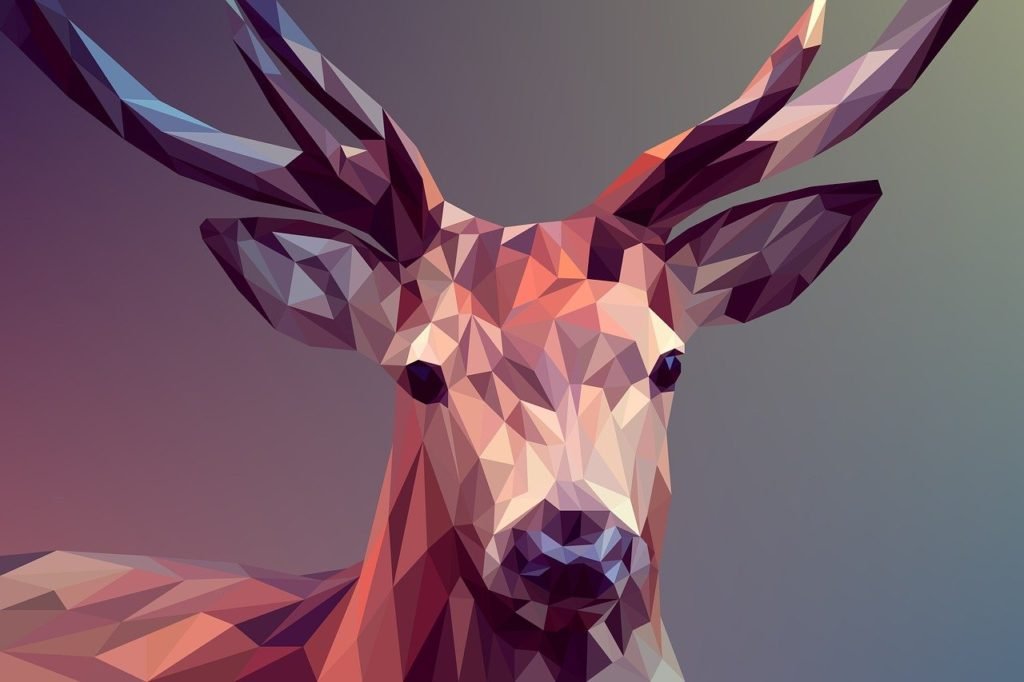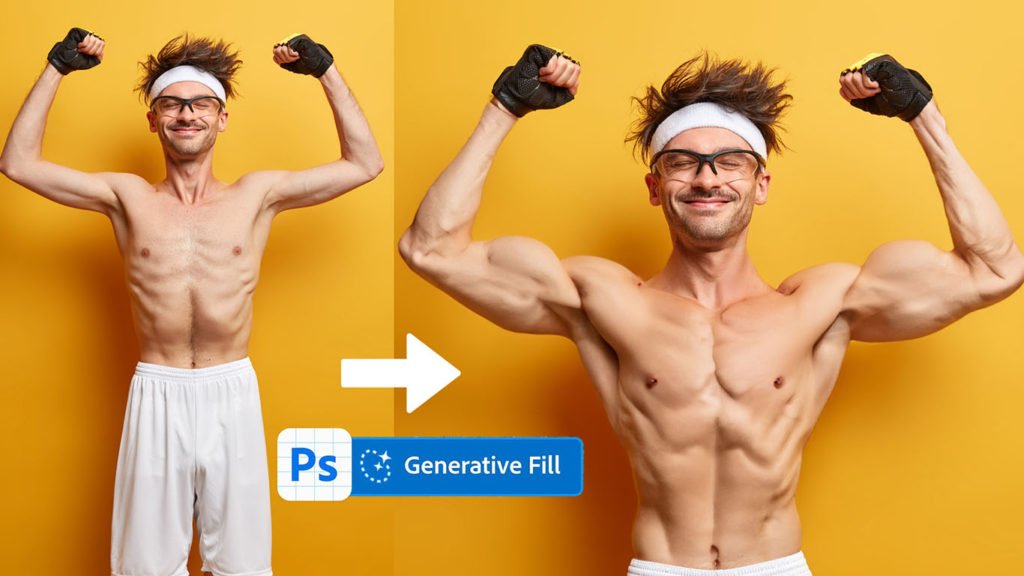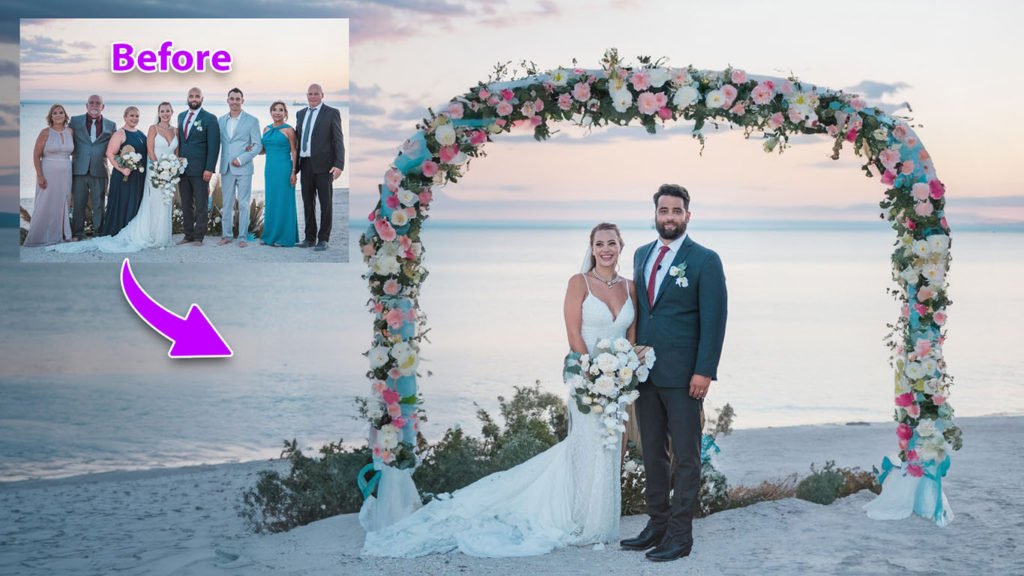Graphic design is a creative process that involves visual communication using typography, images, and illustrations. It plays a crucial role in various industries, such as marketing, advertising, web design, and branding. In this article, we will explore the world of graphic design and discuss some useful tools that can enhance the design process.

Elements of Graphic Design
Effective graphic design incorporates several key elements. Color is a fundamental element that sets the mood and evokes emotions in a design. It helps create visual hierarchy and guides the viewer’s attention. Typography is another important aspect of graphic design, as it impacts readability and conveys the tone and message of the design. Layout determines the arrangement of elements and ensures visual harmony. Lastly, images and illustrations add depth and visual interest to the design, making it more engaging.
Principles of Graphic Design
In addition to the elements, graphic design follows certain principles to create visually appealing and effective designs. Balance refers to the distribution of visual weight in a design, creating stability and harmony. Contrast highlights differences between elements and adds visual interest. Proximity groups related elements together, aiding in organization and comprehension. Alignment ensures that elements are visually connected and creates a sense of order. Repetition of elements establishes consistency and reinforces visual unity.
Common Graphic Design Tools
Graphic designers rely on various software tools to bring their creative visions to life. Adobe Photoshop is a widely used tool for image editing, retouching, and manipulation. Adobe Illustrator is a vector graphics editor used for creating scalable illustrations and logos. Canva is a user-friendly online platform that offers a range of design templates and allows for easy customization. Sketch is a popular vector-based design tool for digital interfaces and user experience design. InDesign is used for desktop publishing and creating print materials such as brochures and magazines.
Typography Tools for Graphic Design
Typography is a critical aspect of graphic design, and there are several tools available to help designers experiment with different typefaces and styles. Adobe Fonts offers a vast library of high-quality fonts that can be easily accessed within Adobe Creative Cloud applications. Google Fonts provides a wide selection of open-source fonts that can be used freely across various platforms. Typekit, now integrated into Adobe Fonts, offers subscription-based access to an extensive collection of premium fonts. Font Squirrel is a website that offers free fonts for commercial use, allowing designers to expand their typographic options.
Color Tools for Graphic Design
Color selection is crucial in graphic design, and there are tools available to assist designers in choosing and creating color palettes. Adobe Color provides a platform to explore,
create, and save color schemes. It offers various color rules and allows designers to extract colors from images for inspiration. Coolors is an online tool that generates cohesive color palettes with a single click. Pantone Color Finder helps designers find and match Pantone colors, which are widely used in printing and branding. Color Hunt is a curated collection of beautiful color palettes submitted by designers worldwide, providing inspiration for graphic design projects.
Stock Image and Illustration Resources
Graphic designers often need access to high-quality images and illustrations to enhance their designs. Several stock image and illustration resources are available to fulfill this need. Shutterstock is a popular platform offering a vast library of royalty-free images, illustrations, vectors, and videos. Unsplash provides a large collection of high-resolution photos that can be used for free, even for commercial projects. Pixabay offers a wide range of free images, illustrations, vectors, and videos that can be used without attribution. Freepik provides a curated selection of free and premium graphics, including icons, vectors, and illustrations.
Collaboration and Project Management Tools for Graphic Designers
Effective collaboration and project management are essential for graphic designers working in teams or with clients. Several tools can streamline the design process and improve communication. Adobe Creative Cloud Libraries allow designers to share and collaborate on design assets such as colors, graphics, and character styles across various Adobe applications. InVision is a digital product design platform that enables designers to create interactive prototypes, share designs, and gather feedback from stakeholders. Trello is a project management tool that helps designers organize tasks, track progress, and collaborate with team members. Asana is another project management tool that allows for task management, team communication, and project tracking. Slack is a popular communication platform that facilitates real-time messaging, file sharing, and collaboration among team members.
Conclusion
Graphic design is an integral part of various industries, and it encompasses elements such as color, typography, layout, and imagery. By applying principles like balance, contrast, proximity, alignment, and repetition, designers can create visually appealing and effective designs. A variety of tools are available to assist graphic designers throughout the design process. Adobe Photoshop, Illustrator, Canva, Sketch, and InDesign are some of the commonly used software tools. Typography tools such as Adobe Fonts, Google Fonts, Typekit, and Font Squirrel offer diverse options for typefaces. Color tools like Adobe Color, Coolors, Pantone Color Finder, and Color Hunt aid in selecting and creating color palettes. Additionally, stock image and illustration resources like Shutterstock, Unsplash, Pixabay, and Freepik provide access to high-quality visual assets. Collaboration and project management tools such as Adobe Creative Cloud Libraries, InVision, Trello, Asana, and Slack assist in effective teamwork and project organization.
Enhance your graphic design skills and create stunning visuals with these useful tools. Whether you are a professional designer or a beginner, these resources will help you bring your creative ideas to life.
FAQs (Frequently Asked Questions)
1. Can I use Adobe Photoshop for graphic design tasks other than image editing? Yes, Adobe Photoshop is a versatile tool that can be used for various graphic design tasks such as creating digital artwork, designing web graphics, and manipulating images.
2. Are the fonts from Google Fonts free for commercial use? Yes, Google Fonts offers a collection of open-source fonts that can be used for personal and commercial projects without any licensing restrictions.
3. Can I use stock images from Shutterstock for my client’s projects? Yes, Shutterstock provides royalty-free images that can be used for commercial purposes, including client projects. However, it’s essential to review the licensing terms for each image to ensure compliance.
4. How can collaboration tools like InVision benefit graphic designers? InVision allows designers to create interactive prototypes, gather feedback from stakeholders, and collaborate seamlessly with team members. It streamlines the design review process and improves communication among project stakeholders.
5. Is Slack only for communication, or does it offer additional features for graphic designers? Slack is primarily a communication platform, but it also provides features like file sharing, channel organization, and integration with other tools. It helps designers collaborate, share project updates, and stay connected with their team.


